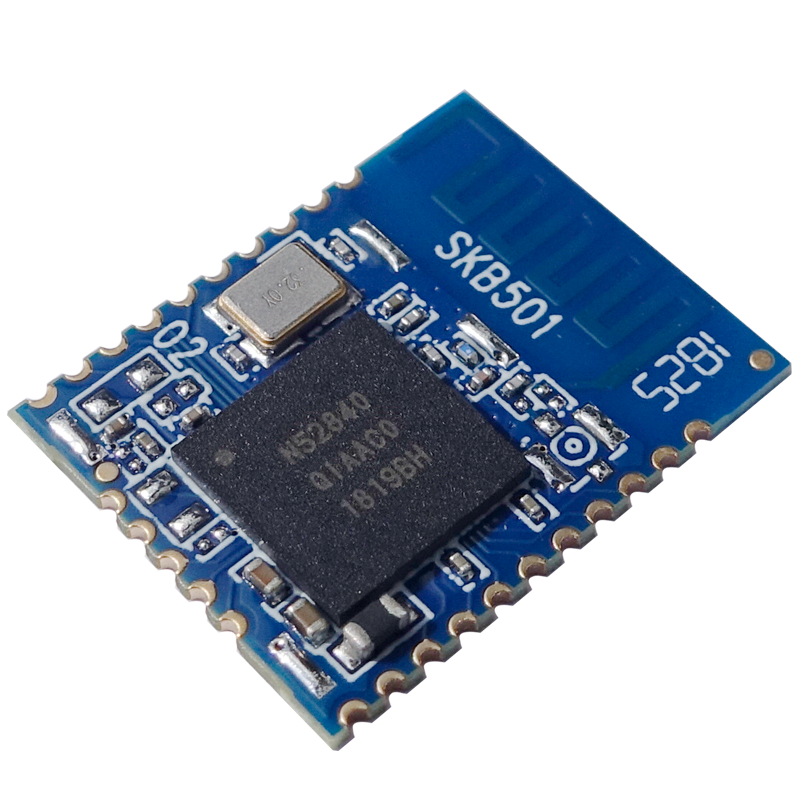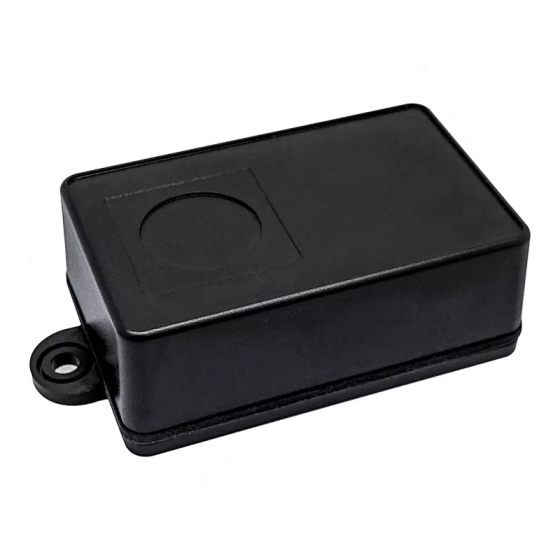Firstly, also marketed as Bluetooth Smart, low energy Bluetooth ble module was introduced in the Bluetooth 4.0 specification as an alternative to Classic Bluetooth.

Like its predecessor, BLE technology uses a wireless technology based on a radio frequency, in the free band of 2.4 GHz in order to connect neighboring devices with each other.
Further, the main difference with low energy Bluetooth ble module, as can be easily deduced from the name, is the reduced energy consumption. Indeed, for BLE, the bit rate is 1 Mbit / s (with an option of 2 Mbit / s in Bluetooth 5) and the maximum transmission power is 10 mW (100 mW in Bluetooth 5). As well as, this means that the power used is less than half of what it used to be.
Secondly, Bluetooth Low Energy was first unveiled in 2004, following a Nokia research project. The first smartphone equipped with Bluetooth 4.0 was the iPhone 4S, in October 2011, which follow by many others. Today, virtually all new smartphones equip with Bluetooth 4.0 or higher.
Low energy Bluetooth ble module is one of the main technologies that make the Internet of Things ( IoT ) possible. For example, tons of internets connected devices, use for personal health care, fitness, sports, entertainment and tracking. Now use Bluetooth Low Energy to communicate with smartphones and tablets, including iPhones, Android phones, Windows and BlackBerry.
It estimates that in 2018 devices equip with Bluetooth reach the quota of 4 billion: here you can consult the complete list of all devices equip with Bluetooth.
Low energy Bluetooth ble module is attractive to consumer electronics and internet-connected machine manufacturers due to its low cost. It has long battery life, and ease of implementation.
In addition, from thermometers and heart rate monitors, from smart watches to proximity sensors, Bluetooth Low Energy facilitates short-range wireless data transmission between devices, powered by a simple watch battery.
In addition, to the devices that we all know, and that are we probably already have in our pockets. There are active tags that use Bluetooth technology to send information. These tags call Bluetooth beacons and send signals at regular intervals, in a range that can be adjusted.
These Tags, being active, require power supply, and therefore are usually equip with an internal battery. Thanks to the low consumption of this technology, however, the battery can last several years.
It depends on hardware, frequency and transmission power. Many beacons warrant with a battery life of up to 5 years at medium settings.
Low energy Bluetooth ble module sends information mainly through the iBeacon and Eddystone protocols, developed by Apple and Google respectively.
Low energy Bluetooth ble module technology is often associated with RTLS (Real-time locating systems), or real-time localization systems. In fact, it is possible to accurately determine the position of a Beacon in a confined space, using special Bluetooth Gateways.
One of the most use software systems is the Ble platform. Thanks to the methodology with angle of arrival (AoA, Angle-of-Arrival) and to positioning algorithms developed ad hoc, Ble allows the real-time tracking of active Bluetooth BLE tags, with centimeter-level accuracy. Low energy Bluetooth ble module’s Skylab solution considers one of the most reliable and versatile, customizable and scalable for all sectors.
Range of action: 75 m in an open field; this value decreases depending on the environment and installation methods (metal plates, metal walls).
Radio channels that can use by default: CH 37/38/39 (2402 MHz / 2426 MHz / 2480 MHz).
Operating temperature: -25 to +65 ° C
The simplicity and widespread acceptance of Low energy Bluetooth ble module technology means that any Bluetooth device can pair with another nearby device through a process known as pairing.
One device acts as the master and the rest of the devices on the network/picante act as slaves. The master device acts as a hub, and the slaves communicate through it one with the other. Another important feature of Low energy Bluetooth ble module technology is the use of frequency hopping to reduce the effects of interference.
Bluetooth Low Energy is an intelligent and economical version of Bluetooth wireless technology. It is already playing a significant role in making smart gadgets even smarter by making them smaller, more affordable and less complex.

Bluetooth Low Energy (BLE), also marketed as Bluetooth Smart, began its development as part of the Bluetooth core specification version 4.0. It was originally developed by Nokia under the name Wibree before being adopted by the Bluetooth Special Interest Group (SIG).
It initially focused on providing the lowest possible power radio standard specifically optimized for low cost, low bandwidth, low power consumption and low complexity.
Low energy Bluetooth ble module design goal are evident from the base specification, which demonstrates the ambition to make BLE a true low power standard designed to be put into practice by semiconductor manufacturers and use in practical applications with minimal power consumption and a minimal budget.
This is already a widespread technology that can really provide long-term operation from a single disk battery.
While Low energy Bluetooth ble module is excellent on its own, which has led to its phenomenal speed of adoption, it is the right technology with reasonable trade-offs that came at the right time.
Copyrights© Shenzhen Skylab Co.,LTD All Rights Reserved.

